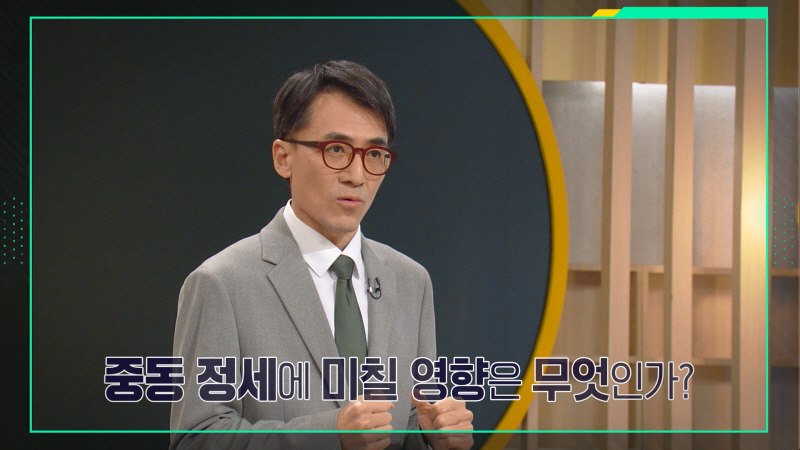
<With Teacher Issue PICK> Israel vs. Hezbollah – How did the tragedy in Lebanon begin?
2024-11-16 01:11:05

The conflict between Israel and the Lebanese armed faction Hezbollah has intensified from low-intensity fighting to high-intensity fighting, and all of Lebanon, including the capital Beirut, is suffering heavy damage and casualties are continuing to increase.
In the midst of a war with no end in sight, Israel and Hezbollah are fighting another war.
On October 7 last year, the day after Hamas attacked Israel, Hezbollah attacked Israel, and low-intensity skirmishes between Israel and Hezbollah began in earnest.
All of Hezbollah's leadership was killed in targeted airstrikes by Israel, which had already been preparing for an all-out war against Hezbollah, and even Hassan Nasrallah, the leader of Hezbollah for 32 years, died on September 27.
Meanwhile, in 1967, the third Middle East war led to an influx of Palestinian refugees into Lebanon, and the Palestine Liberation Organization (PLO) continued its armed struggle against Israel in Lebanese territory.
Afterwards, following Hezbollah's attack and kidnapping of Israeli soldiers, Israel and Hezbollah engaged in an all-out war for 34 days in July 2006, resulting in the deaths of more than 1,000 Lebanese civilians.
During the war, Beirut's infrastructure was indiscriminately destroyed by Israel, and the great damage suffered by the people led to a weakening of support for Hezbollah.
Professor Seong explained, “What Israel wants to achieve through an all-out war against Hezbollah can be largely viewed at the Israeli national level and Prime Minister Netanyahu’s personal level.”
From a national perspective, northern Israel has already been devastated by Hezbollah's shelling, and 60,000 to 70,000 residents near the Lebanese border have been evacuated.
The United States supports the Sunni Belt and Israel, and the Sunni Gulf countries, led by Saudi Arabia, are maintaining neutrality in the war between Israel and Hezbollah.
![MBC [Docuprime] ‘If you lie down you die, if you walk you live’](https://kroamer.com/upload/trending/thumb-20241115120732_0_600x506.jpg)
![[SBS The Fierce Priest 2] Up to 15.2%!](https://kroamer.com/upload/trending/thumb-MgK1731889974371_600x701.jpg)



![<Video Album Mountain> [Alaska, USA 4-part] Huge land, wonderful nature – Part 3 Denali National Park, Lion’s Head Trail](https://kroamer.com/upload/trending/thumb-NBCONTENTSMYLOVEKBS_70000000402311_20241115_20241115180600___EDITOR_01_600x338.jpg)

![[SBS Cool Neighborhood 2] ‘Yoo Jeong-soo’s magic’ worked!](https://kroamer.com/upload/trending/thumb-p5G1731633083699_600x1848.jpg)
![[Oh Eun-young Report - Marriage Hell] This is my wife's first time eating kkanpunggi in 61 years...](https://kroamer.com/upload/trending/thumb-20241114173612_0_600x895.jpg)